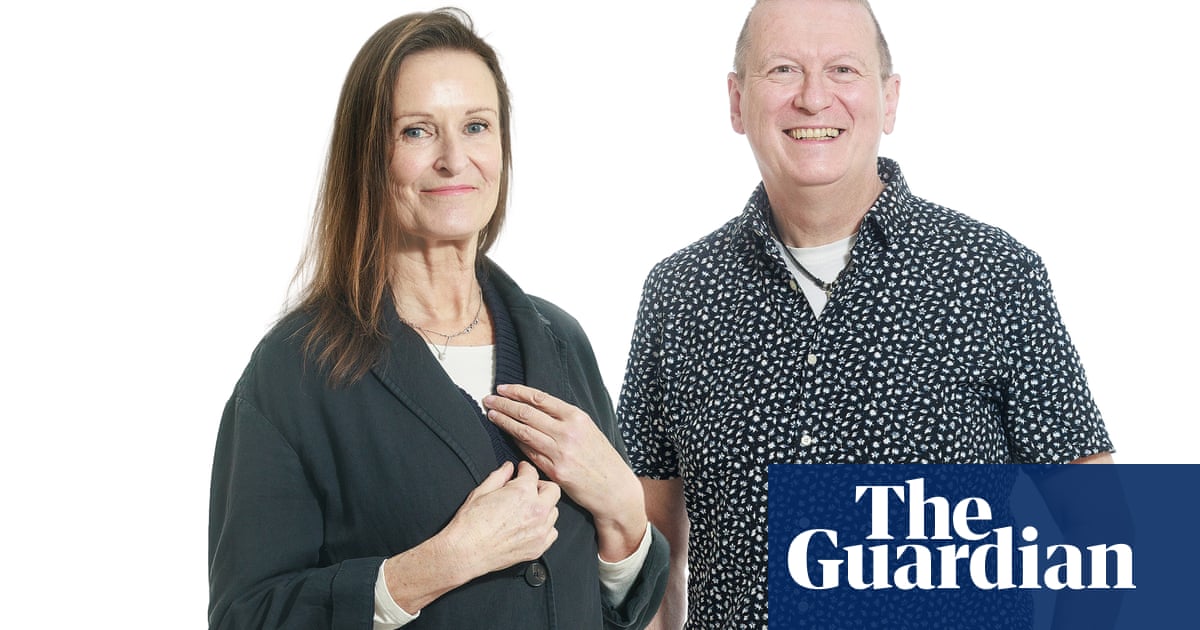In October, Melissa began an in vitro fertilization cycle. A resident of Birmingham, Alabama, her fertility journey to that point had been not just difficult, but harrowing—earlier that year, she had nearly bled to death during a procedure to resolve a second-trimester miscarriage. When the IVF process yielded just a single viable embryo, she had it frozen, and a few months later started another cycle. “It’s very easy to lose an embryo,” she says. “This is such a delicate process.”
Melissa has a daughter, born when she was younger, but IVF represents her best and last chance to grow her family. After the Alabama Supreme Court ruled last week that embryos are children, all of that is now on hold.
WIRED spoke with three women directly affected by the Alabama Supreme Court’s February 16 ruling, which stated that embryos are “unborn children … without exception based on developmental stage, physical location, or any other ancillary characteristics.” Fearing legal liability given the broad scope of the language, several of the state’s most prominent IVF providers—including the University of Alabama at Birmingham, Alabama Fertility, and the Center for Reproductive Medicine at Mobile Infirmary—have paused treatments. That means patients like Melissa, who is going by a pseudonym given the sensitivity of the topic, are stuck in limbo, and in some cases running out of options.
“I’m rapidly losing time,” says Melissa. The 37-year-old has an autoimmune disorder that she needs to plan IVF cycles around; her ovarian reserves are low enough that her doctors say she has a window of a month, maybe two, to try again. If the ruling holds for much longer, she may not have another chance.
During IVF, patients take hormone-stimulating medications to trigger their ovaries to release mature eggs. The eggs are then retrieved with a small needle and fertilized with sperm in a lab to form embryos. Sometimes a successful IVF cycle can result in several embryos, but doctors typically transfer just one or two into the uterus at a time. Success isn’t promised; about one in three embryo transfers results in pregnancy.
That makes Melissa’s situation especially urgent. There’s no guarantee that her one embryo will result in a birth. But the ruling has disrupted the lives of women at every stage of treatment.
Lochrane Chase started IVF in August, after nearly a year of trying to get pregnant and using less intrusive fertility treatments, such as ovarian stimulation. The 36-year-old Birmingham native was able to freeze and store over two dozen embryos, of which several appeared viable after genetic screening. An embryo transfer in October resulted in a pregnancy, but Lochrane miscarried a few days later. “It was the saddest I’ve ever been in my life,” she says. She tried again in December; again, she miscarried.
Before another scheduled transfer in January, her doctor noticed fluid in her uterine lining; Lochrane underwent surgery in mid-February to address the issue, and scheduled another embryo transfer for March 18. Despite the uncertainty caused by the ruling, she has started taking the necessary hormones anyway in hopes that the situation resolves by then. If not, the medications would have been for nothing, and she’ll be left with no way forward.







